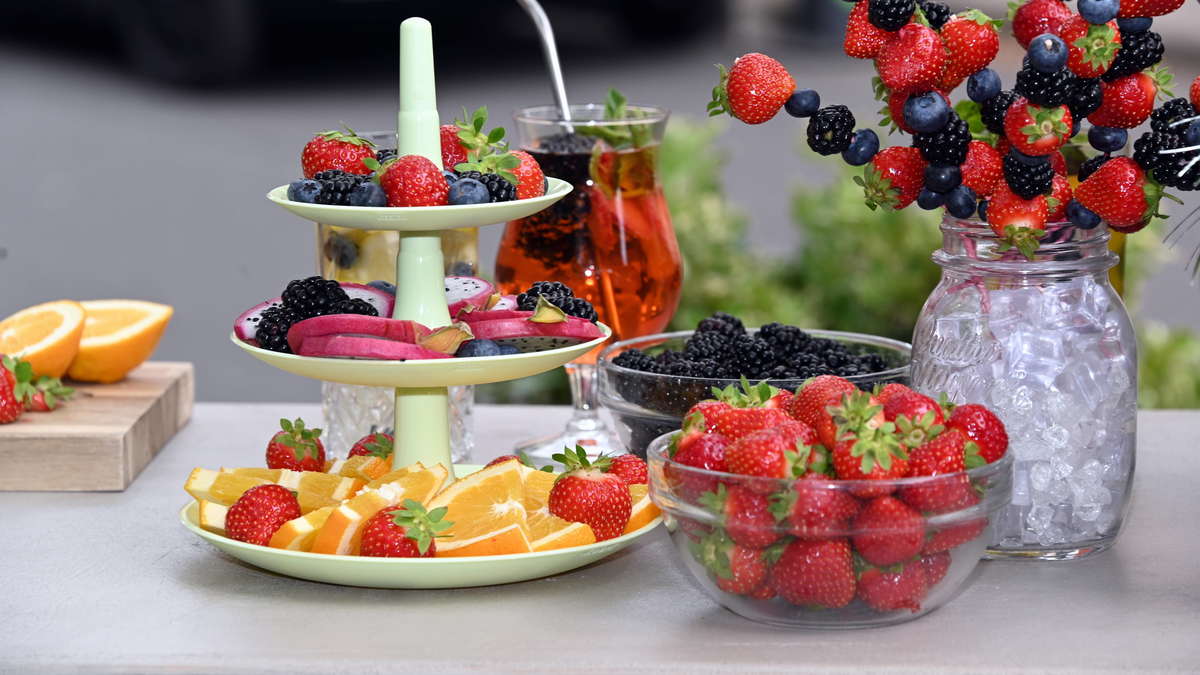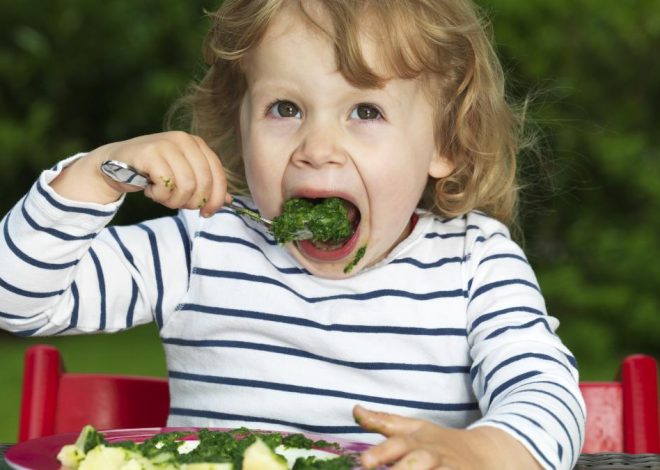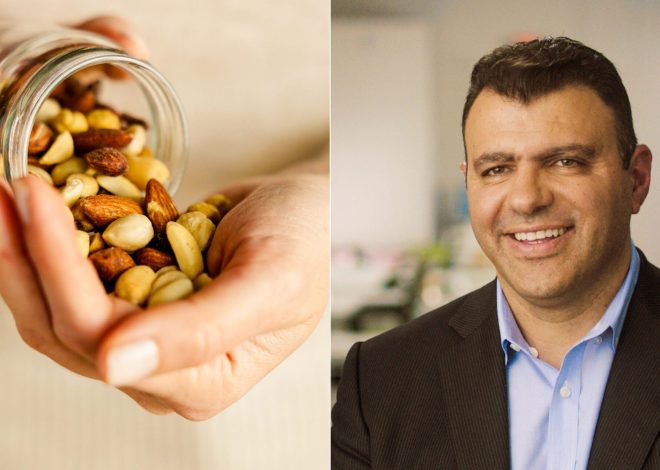
List shows the healthiest fruit in the world – number 1 surprises
In a study, several foods were examined for their nutrients. Which fruits are considered particularly healthy and rich in nutrients:
There are many foods that are essential for a healthy diet because they provide our bodies with important nutrients. There is no such thing as the healthiest food, because what is good for one person can be a burden for another and trigger intolerances or allergy attacks. However, when you consider the essential nutrients, there are some foods that are clearly among the healthiest in the world. So what is the healthiest fruit in the world?
How was the ranking created?
This list shows the healthiest fruit in the world – number 1 is surprising.
© Horst Galuschka/Imago
In a study, researcher Jennifer Di Noia looked at the nutritional content of 17 vital nutrients in various foods. She compared the proportion of nutrients such as vitamin A, B12 or fiber to the number of calories. This allowed her to determine which foods are the healthiest. Only one food manages to provide 100 percent of the nutrients needed for daily use at 100 calories.
Jennifer Di Noia has imposed strict criteria on the foods. For this reason, only 41 foods were examined. And only seven types of fruit made it into the ranking. The top spots are all dominated by various types of vegetables, no fruit makes it into the top ten, as HEIDELBERG24 reports. But that doesn’t mean that other types of fruit aren’t healthy.
What is the best fruit in the world?
The lemon comes in at number 28 on the entire list and number 1 among the fruits. This means that the citrus fruit meets some of the strict criteria and is therefore the healthiest fruit in the world. The popular fruits that can be found in every household, such as apples, bananas or blueberries, do not appear in the ranking of the 41 foods. Of course, this does not mean that they are unhealthy, they just did not meet the strict requirements.
Surprisingly, strawberries come in at number 30 in the ranking. Although these aggregate fruits consist of 90 percent water, the remaining 10 percent are real vitamin bombs. A handful of strawberries can cover your vitamin C needs for an entire day and they are low in calories and fat.
You can find even more exciting health topics in our free newsletter, which you can subscribe to right here.
Other healthy fruits in the ranking
In addition to lemons, other citrus fruits also make it onto the list of the healthiest foods in the world. Oranges, limes and pink grapefruit come in at 33rd, 34th and 35th place. White grapefruit also makes it into the ranking, coming in at 41st place.
The delicious blackberry also makes it onto the list, coming in 38th place among the healthiest foods. Those who eat blackberries frequently are doing a lot for their body and health. By eating blackberries, you protect your cells from free radicals and strengthen your immune system. In addition, the dark berries have a positive effect on the optic nerve thanks to the provitamin A and also stimulate digestion. The best types of fruit at a glance:
- 1st place: Lemon
- 2nd place: Strawberry
- 3rd place: Orange
- 4th place: Lime
- 5th place: pink grapefruit
- 6th place Blackberry
- 7th place: white grapefruit
And believe it or not, they are not only healthy, lemons can also be used very well in the home.
Dietary supplements: Which 8 vitamins and minerals are dangerous if overdosed




Which vegetables are the healthiest?
A healthy diet is important for health. While fruit is healthy, the study shows that vegetables are even healthier. Eating vegetables is therefore always a good idea. The first place in the overall ranking may be surprising. Because here too, it is not a popular vegetable such as cucumber, tomato or pepper that is at the top, but watercress. This makes the inconspicuous medicinal plant the absolute high-flyer when it comes to the healthiest food in the world.
In the study, it achieved 100 percent of the recommended daily dose of the 17 nutrients per 100 calories. For those who don’t know the plant: watercress has a spicy, slightly hot taste and goes well with various dishes such as potatoes, eggs or salads. It gives dishes a spicy, slightly hot note. If you want to grow watercress yourself, you should make sure that it always needs to be supplied with a lot of moisture.
Other healthiest vegetables
Chinese cabbage came in second place in the food study. It is easy to digest and contains many healthy nutrients. Just 100 grams of cabbage covers a quarter of the daily requirement of vitamin C. In addition, Chinese cabbage is rich in vegetable protein and amino acids. Swiss chard came in third place in the healthiest foods, ahead of spinach in fifth place. In general, green leafy vegetables are among the healthiest foods in the world.
The rest of the top ten are also made up of greens. Beetroot leaves take fourth place, followed by spinach, chicory, lettuce, parsley, romaine lettuce and collard greens. Things get a little more colorful in the top 20: red peppers, chives, kale, broccoli and pumpkin. Throw everything together in a pan and you have a very healthy meal. But there are not only healthy fruits and vegetables. Nuts are also healthy foods and some nuts are healthier than others.
What is important for a healthy diet?
There are many other foods that can also have positive effects on health. One example is olive oil, which experts say can prevent strokes and heart attacks. As one of the best oils, it is ideal for preparing food. Another important point: experts recommend eating at least five portions of fruit and vegetables every day to ensure you get the essential nutrients.
In addition, unsaturated fatty acids, such as those found in fish, avocados and nuts, as well as good carbohydrates from whole grain products should be on the menu. Legumes are an often underestimated source of protein. Beans, lentils, peas and soy products are particularly suitable for meeting protein requirements and also ensuring a long-lasting feeling of satiety. Lentils really are that healthy. Legumes are indispensable, especially for vegetarians and vegans, as they are rich in B vitamins and are one of the best plant-based sources of iron. (rah)
Category list image: © Horst Galuschka/Imago

Ethel Purdy – Medical Blogger & Pharmacist
Bridging the world of wellness and science, Ethel Purdy is a professional voice in healthcare with a passion for sharing knowledge. At 36, she stands at the confluence of medical expertise and the written word, holding a pharmacy degree acquired under the rigorous education systems of Germany and Estonia.
Her pursuit of medicine was fueled by a desire to understand the intricacies of human health and to contribute to the community’s understanding of it. Transitioning seamlessly into the realm of blogging, Ethel has found a platform to demystify complex medical concepts for the everyday reader.
Ethel’s commitment to the world of medicine extends beyond her professional life into a personal commitment to health and wellness. Her hobbies reflect this dedication, often involving research on the latest medical advances, participating in wellness communities, and exploring the vast and varied dimensions of health.
Join Ethel as she distills her pharmaceutical knowledge into accessible wisdom, fostering an environment where science meets lifestyle and everyone is invited to learn. Whether you’re looking for insights into the latest health trends or trustworthy medical advice, Ethel’s blog is your gateway to the nexus of healthcare and daily living.



